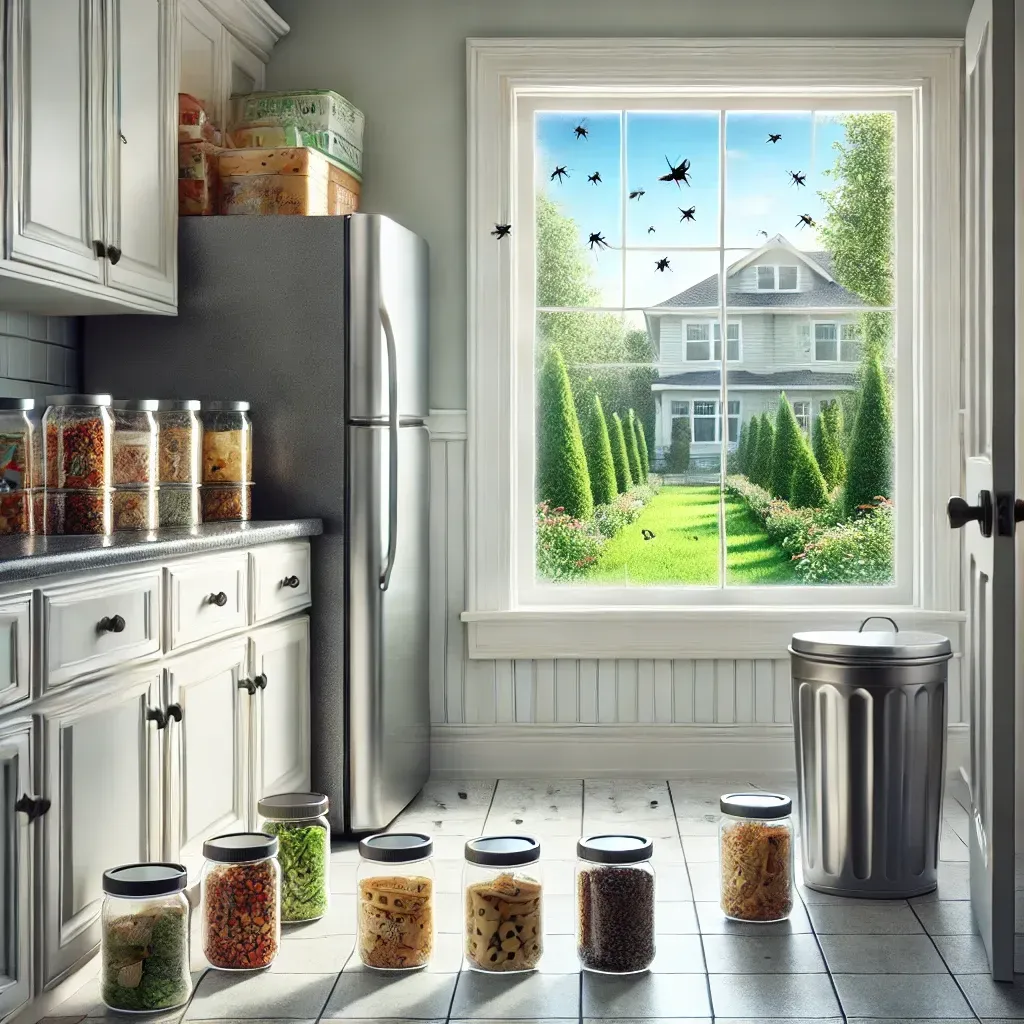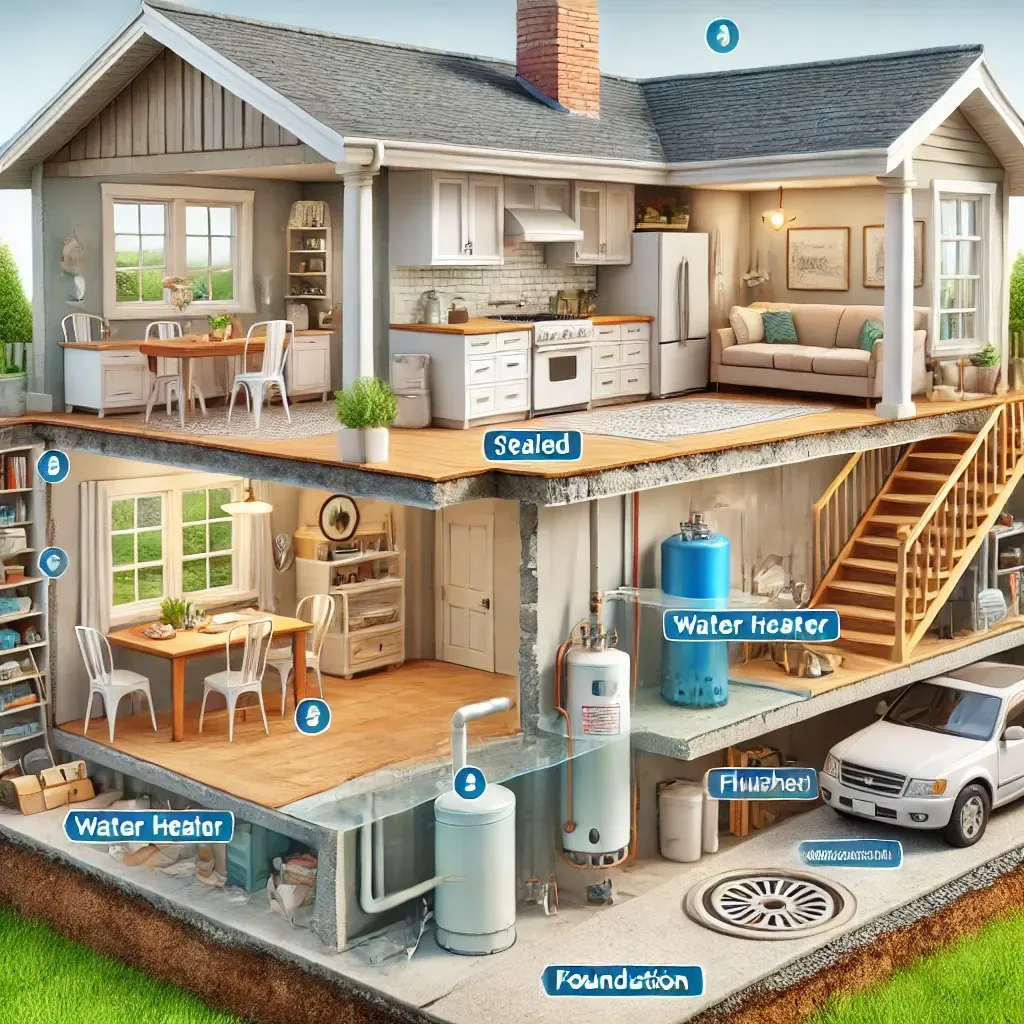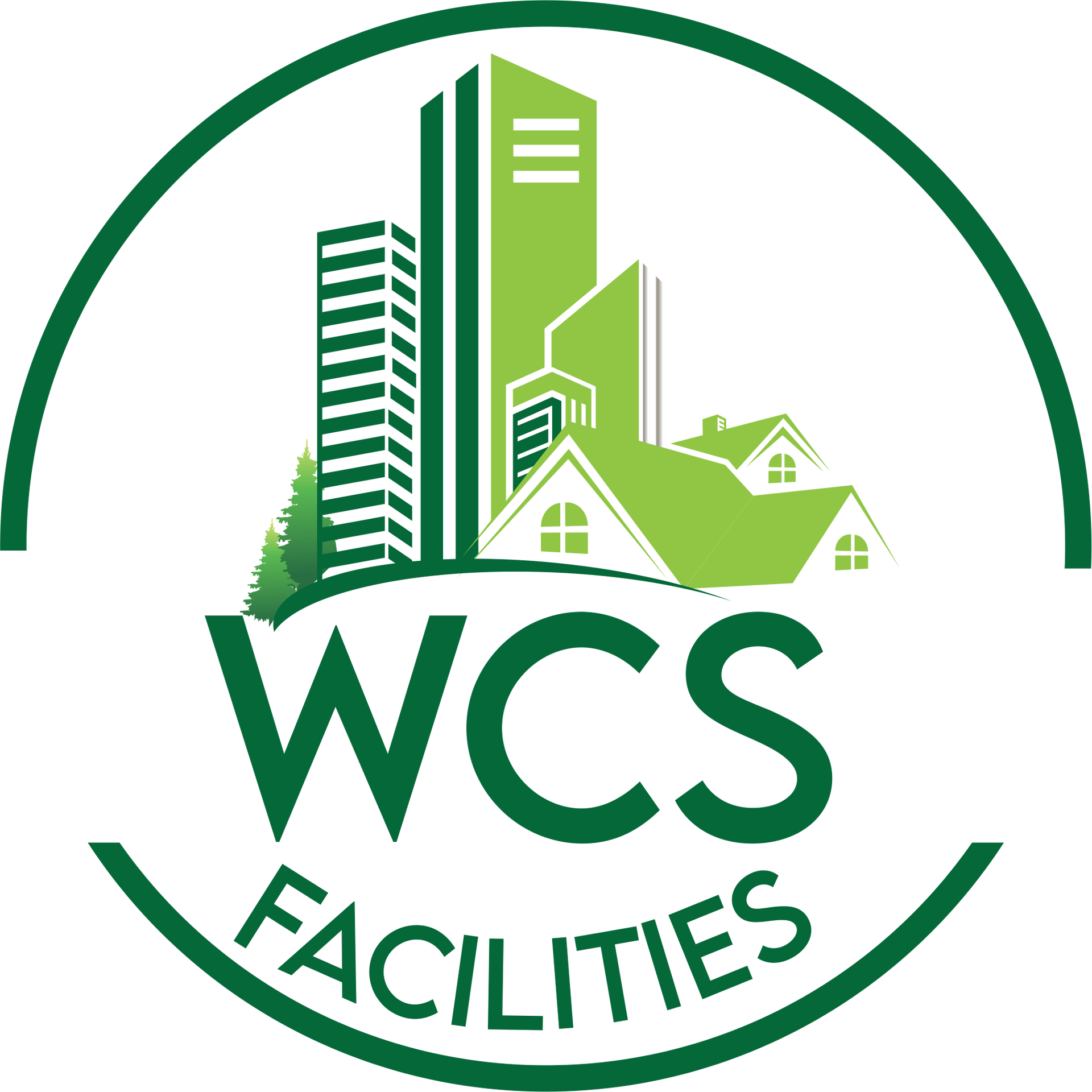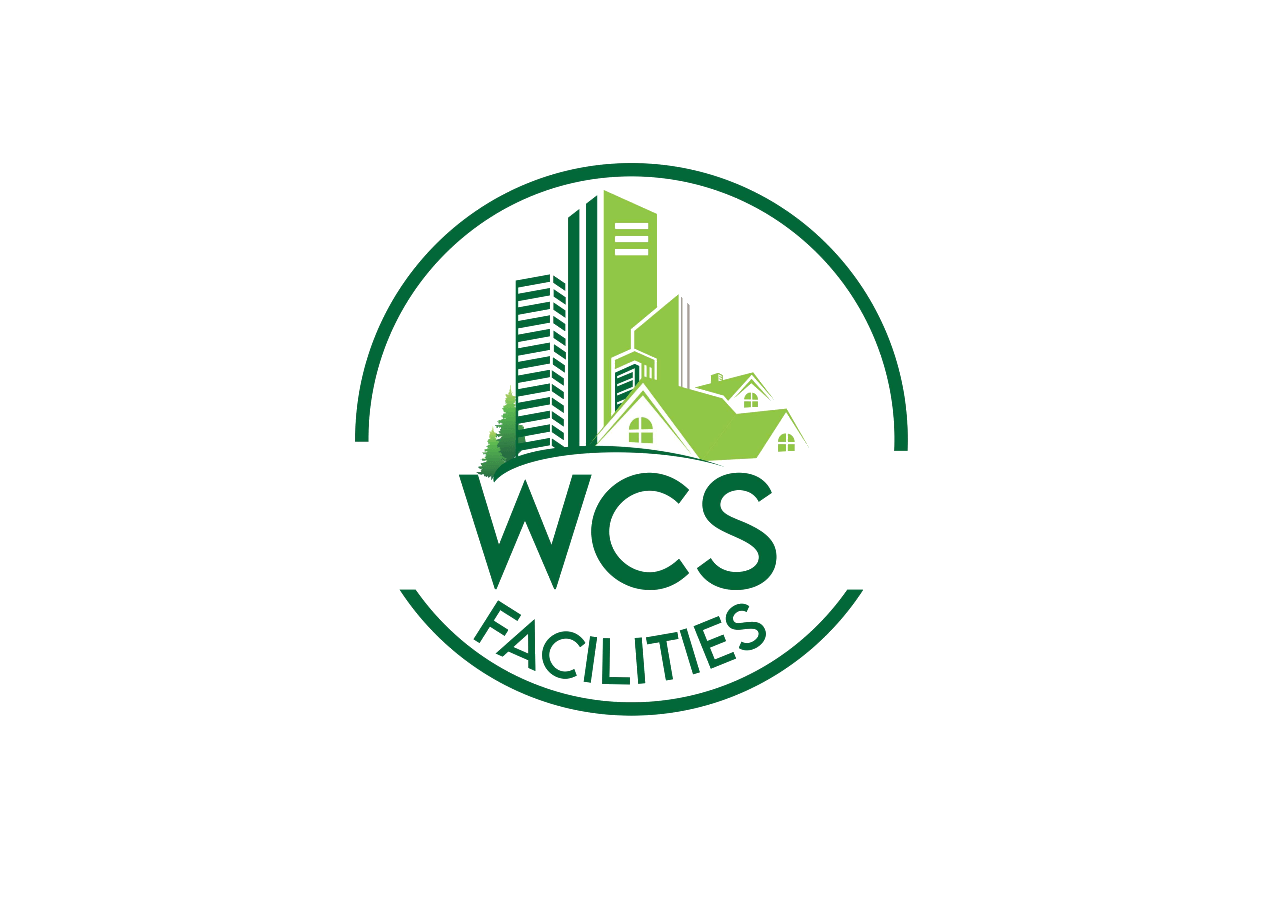What Is The Future Of Facilities Management

Making Facilities Management Easier with Automation and AI
Facilities management is the practice of managing, maintaining, and operating a building or other facility to ensure it functions properly. It can be a complex and time-consuming process that involves making sure that all systems are working correctly, from electrical wiring to plumbing. But technology is changing the way facilities management works—and in the future, it may become simpler than ever before.
The Role of Automation in Facilities Management
Automation is one of the most important tools for making facilities management easier—and it’s becoming more advanced all the time. Automated systems can monitor a building’s infrastructure 24/7, alerting maintenance staff when issues arise so they can be addressed quickly and efficiently. This helps ensure that any potential problems are spotted early on, reducing downtime and saving money.
AI also has a role to play in facilities management. AI-driven analytics can help identify patterns in data to help predict potential problems before they occur. This allows maintenance teams to proactively address any issues before they arise which can save time and money compared to reactive strategies.
AI can also help with more mundane tasks such as scheduling maintenance visits or generating reports, freeing up valuable time for staff members who would otherwise have been occupied carrying out these tasks manually.
How Automation Works
Automation systems are designed to take over many of the tedious tasks associated with facilities management, such as tracking asset information and scheduling preventive maintenance. This type of software also makes it possible to generate reports quickly and easily, allowing facility managers to get a better understanding of how their operations are running. Automating these processes eliminates the need for manual data entry and makes it easier for facility managers to access important information on demand.

The Benefits of Cloud Technology for Facilities Management
Cloud technology is another area where facilities managers are seeing major benefits. By storing data in the cloud, staff members can access vital information remotely—enabling them to make important decisions quickly and easily even if they are not physically at the site.
Plus, cloud technology allows multiple personnel to work collaboratively on projects from different locations—a major bonus when it comes to keeping operations running smoothly while ensuring social distancing measures are observed during COVID-19 restrictions.
This is How Automation Can Make Facilities Management Easier
Facilities management can be a complex undertaking, but automation is helping make things simpler than ever before. With automation systems in place, facility managers are able to quickly access important asset information and generate reports with ease—allowing them to free up time for more important tasks like customer service or problem-solving.
As technology continues to evolve and become even more sophisticated in the future, facilities management will only become easier thanks to automation solutions like those available today.
You might also like




